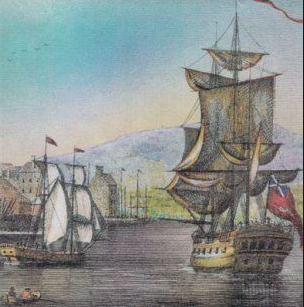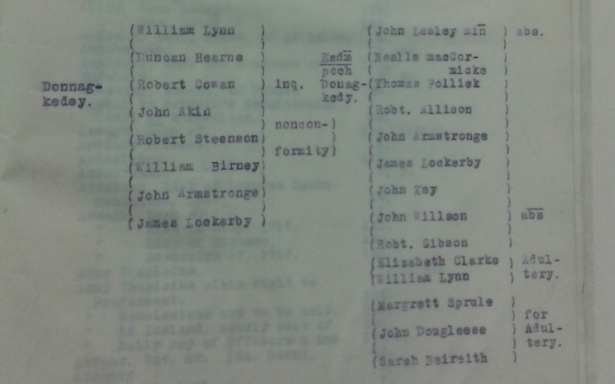Tracing the Fenton estate, Cappagh parish, Co Tyrone.
Tracing the ownership of land can be extremely difficult. Over time land often exchanged hands many times. Tracking the ownership of a townland can be a frustrating task due to gaps in the records. And yet it can be a rewarding task because it can often open up new pathways of investigation for the local historian and genealogist. This was a task I tried to undertake when researching a family by the name of Fenton who resided in the townland of Urney in Urney parish, county Tyrone from the mid-seventeenth century. The Fenton family of Urney can be traced back to a Manasseh Fenton who can be found in the 1660 poll book, 1664 hearth returns and 1668 subsidy rolls for the parish. At some point in the history of the family they came into possession of an estate of four townlands in the parish of Cappagh in Co Tyrone but were absentee landlords as they continued to live in the parish of Urney until 1814. 1660 Poll Tax Urney - Manus Finston (sic) The Fenton family used the graveyard



